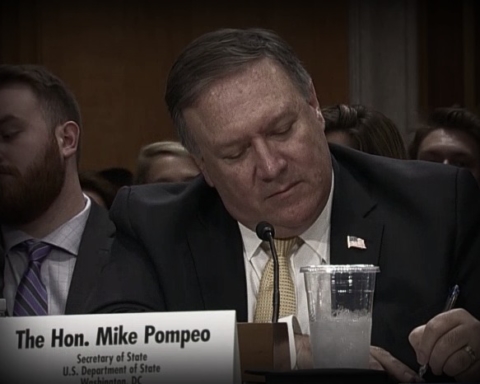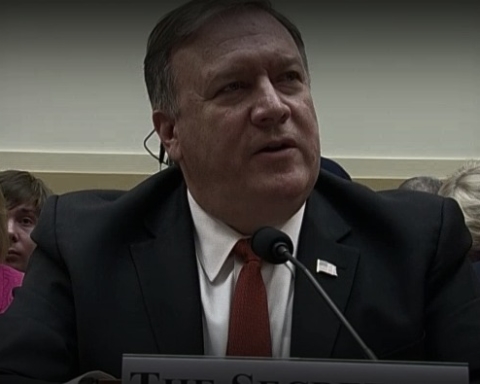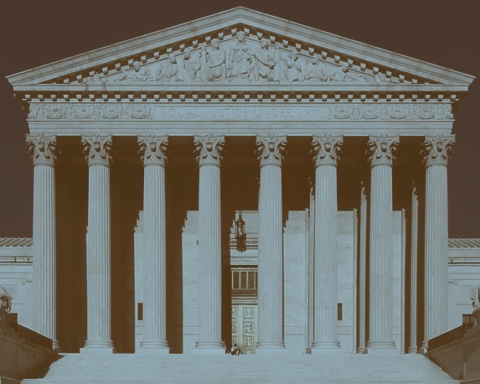The US government has incurred hundreds of billions of dollars in costs associated with climate change, and damages will increase significantly in the future, according to a new watchdog report.
In a study published Tuesday, the Government Accountability Office (GAO) attempted to measure, for the first time, the economic and budgeting consequences of rising temperatures and extreme weather phenomenon.
It found staggering cost increases over the next century in several economic sectors, including healthcare, which could take a half trillion-dollar hit due to more heat-related fatalities from rising temperatures. Labor could be hit with as much as $150 billion in costs due to lost work hours, the report also found.
Beyond increased mortality rates and lost labor hours, other factors driving these expenses include flood and storm surge damage and increased energy demand.
Based on the President’s budget, GAO estimated that the government has already spent $350 billion over the last decade dealing with extreme weather and wildfires. Other internal assessments cited said that those costs could increase by as much as $28 billion per year by the century’s end.
“Most of the past focus of the impact of climate change has been on public health and the environment,” Sen. Susan Collins (R-Maine) said on the Senate floor Tuesday, reacting to the report. “Important, to be sure, but there has not been nearly enough analysis on the consequences for our economy and the federal budget in particular.”
GAO acknowledged that current research on the economic impacts of climate change is based on developing methods that often produce imprecise results.
“Nonetheless,” the watchdog stated, “according to several experts we interviewed, the methods can convey useful insight into broad themes about potential climate damages across sectors in the United States.”
Sen. Maria Cantwell (D-Wash.), who commissioned the GAO report along with Collins, said it’s findings “can’t be ignored.”
“We are paying astronomical costs,“ she said. “It’s only going to accelerate. That’s the scary thing. The GAO says these numbers are going to increase for the future.”
Some parts of the country will be burdened more than others. The report found that the Southeast, Great Plains, and Midwest would face higher climate change costs due to crop losses and coastal property damage. Northern parts of the country may actually see net benefits of climate change due to decreased cold-related deaths, and more agricultural opportunities as temperatures rise.
The oversight body made one recommendation, calling on the Executive Office of the President to “identify significant climate risks facing the federal government and craft appropriate federal responses.”
GAO said that draft copies of the report were provided to the Council on Environmental Quality, the Office of Science and Technology Policy, and the Environmental Protection Agency. Neither of the bodies provided written comments in response.







